


Some research projects involving SERG...
all concern seabird ecology, behaviour and demography - organized by study location for convenience... (click on item to view more)
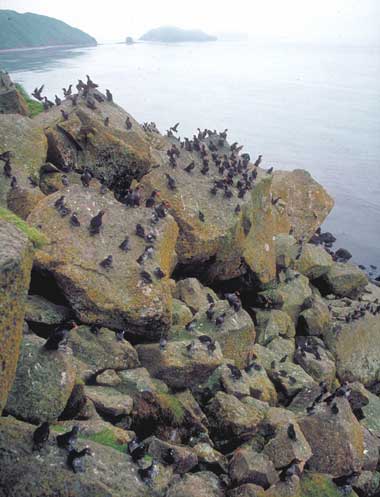
Seabird behavioural ecology and demography at Buldir Island, Aleutian Islands, Alaska
"Questions we addressed: 1. What sources of selection are responsible for the diversity of visual and acoustic signals used by auklets (Alcidae, Aethia spp.) during the breeding season?, 2. How are Least, Crested, Whiskered Auklet populations regulated?, 3. Are auklet species in competition for nest sites and food?, 4. What is the likely fate of auklet populations in a situation of rapidly changing climate and oceanography?"
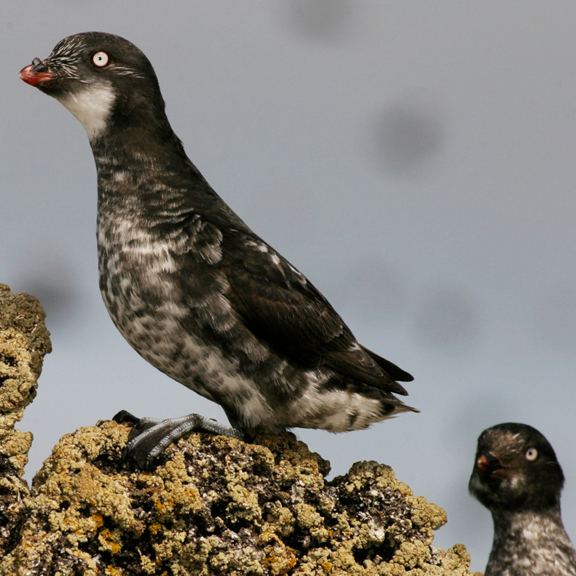
Auklets (Aethia spp.) and rats at Sirius Point, Kiska Island, Alaska
A long-term project in ecological research and monitoring involving the Seabird Ecology Research Group of the Department of Biology, Memorial University of Newfoundland and the Alaska Maritime National Wildlife Refuge
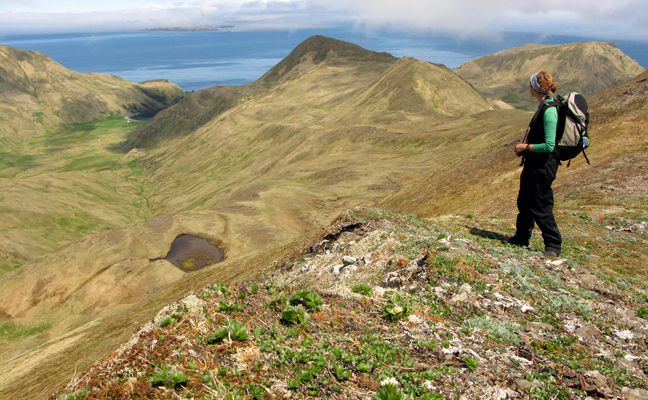
Amatignak and Little Sitkin Islands restoration research
"...we hypothesized that nocturnal burrow-nesting seabird prospectors would place more importance on auditory and olfactory cues and will potentially use these signals when locating and assessing potential breeding sites. Our project aimed to test this idea and its application to restoration of nocturnal seabirds in the Aleutian Islands."
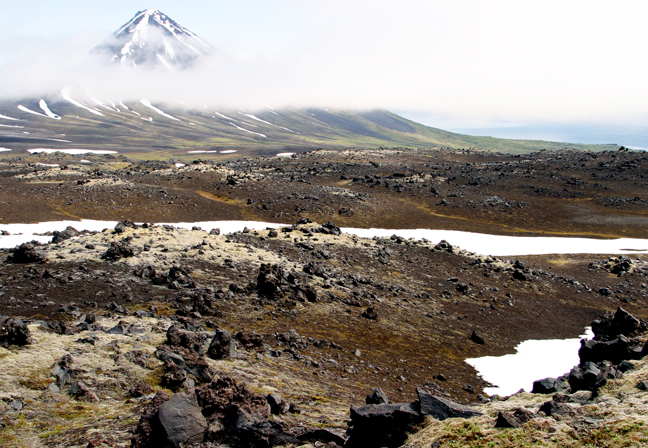
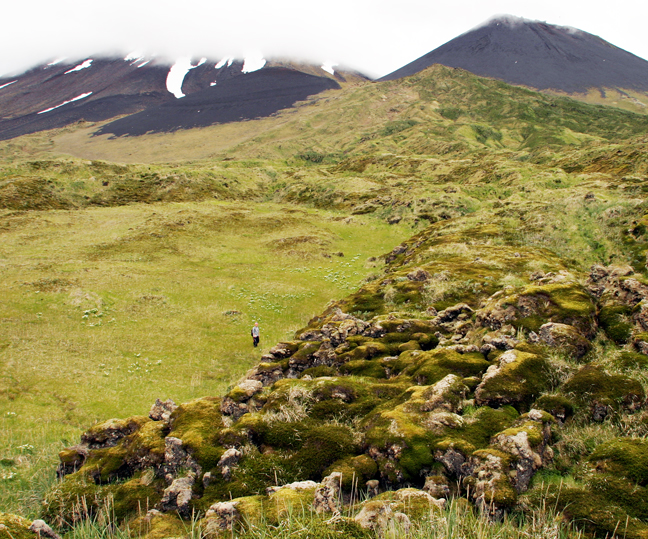
Survey of Least and Crested Auklet colonies at Semisopochnoi Island, Aleutian Islands, in 2004
"In order to evaluate the significance of this colony compared to other Alaskan auklet colonies and to evaluate survey techniques, we carried out a survey designed to map its geographical limits and assess relative density of
breeding birds. ... Semisopochnoi supports a large Least and Crested Auklet colony of about one million birds occupying 150-250 year old lava flows that are completely covered by vegetation."
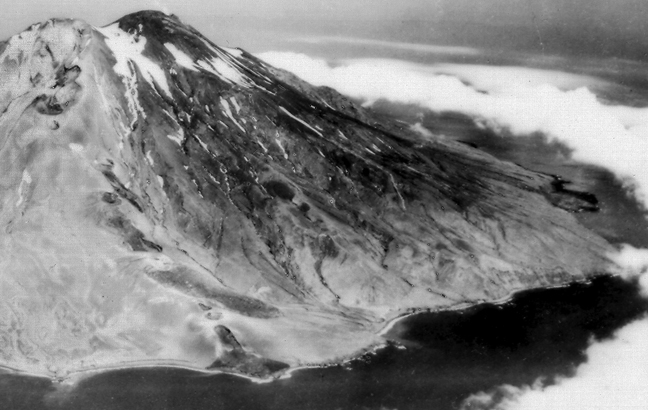
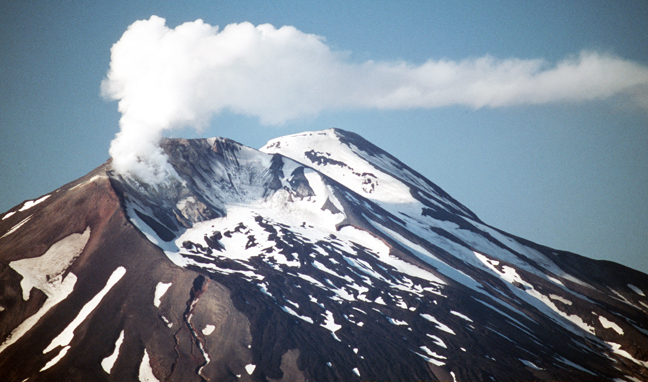
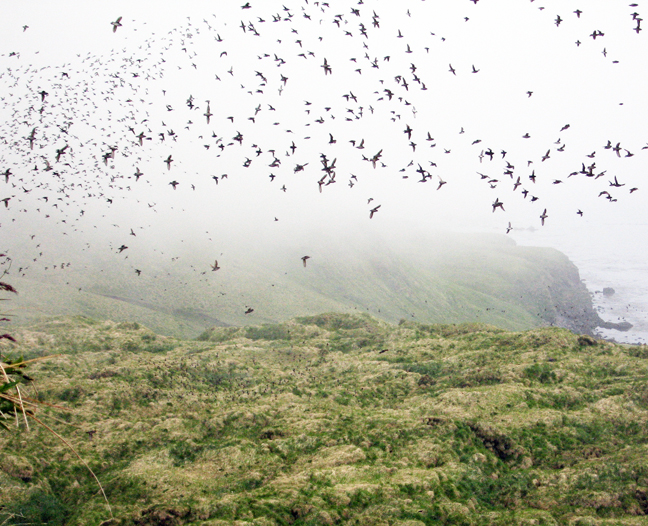
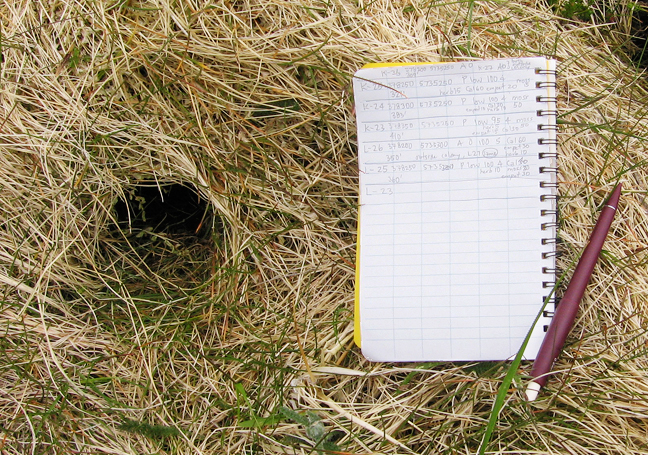
Survey of Least and Crested Auklet colonies at Gareloi Island, Aleutian Islands, in 2006
"We conservatively estimated the population as 460,350 pairs at Southeast Point, 453,550 pairs at East Point and perhaps 250,000 pairs in beach boulder colonies and cliffs, for a total of at least 2.3 million birds, about half Least Auklets and half Crested Auklets."
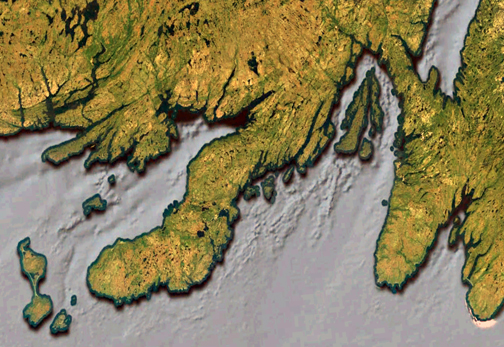
South coast Newfoundland aquaculture watch
The objective of this scientific research project is to quantitatively monitor and publicly document marine pollution (and related issues) for all Atlantic Salmon open netcage aquaculture activity on the south coast of Newfoundland, and publicly review government and industry claims related to this activity. Questions being addressed include: where are the major sources of marine pollution (both fish waste and plastic debris)? What are the impacts on native species (e.g., wild Atlantic Salmon) and coastal ecosystems? Is industrial activity in this area appropriately regulated? How is EC enforcement dealing with marine pollution events? Are the Canadian federal and Newfoundland provincial governments properly informing the public about environmental damage caused by industrial aquaculture in Newfoundland? And generally, is Atlantic Salmon open netcage aquaculture activity environmentally sustainable?
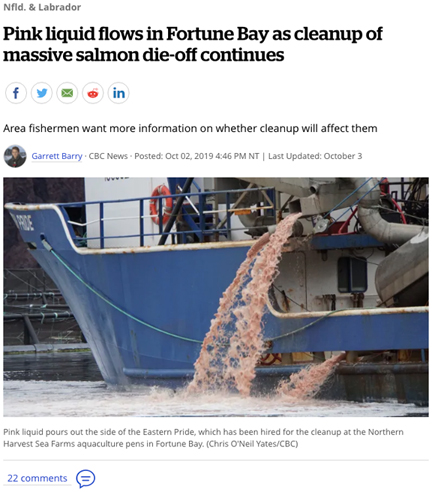

![]()